“The Tropical Banana Plant | Count the Many Ways to Use It,” shows the versatility of this staple for many Jamaicans. It grows in the tropics and subtropics.
You can prepare a meal using green or ripe bananas in several ways. Furthermore, every part of the fruit and plant are useful. There’s no need to waste anything. We’ll look at the fruit in its sugar and starch stage, the skin, leaf, bark and trunk.
Different cultures have various ways of making similar recipes. However, you have the opportunity to share your story here so we can “sample” your favorite dish.

The Tropical Banana Plant | From Martinique to Jamaica
The information available states that a French botanist and chemist, Jean Francois Pouyat, first brought the Gros Michel banana plant to Jamaica from Martinique in 1820. He planted it on his coffee estate.
Ironically, this turned out to be an action that contributed to one of the most valuable food sources for the country. Most importantly, Jamaica has the right climate for its growth and survival.
Bananas thrive in tropical and sub-tropical climates with temperatures between 80°F and 95°F and moderate rainfall. Therefore, it flourishes in Africa, Asia, and other similar areas.
Jamaica grows a wide variety of this plant and its close relative, the plantain. Subsequently, it became the first and one of the major banana exporters to other countries.
Each plant bears only one bunch or several rows of hands with many fingers. However, it dies after the bunch is cut off leaving its suckers that spring up at its root to grow and reproduce.
A deadly bacterial disease affecting the banana plant in Jamaica, the Moko Disease, destroyed several crops over a period of time. It is incurable and doesn’t respond to chemical treatments.
Fortunately, it has now been eradicated except for a small area in St. James.
In addition, the Black Sigatoka is a more deadly disease destroying many banana plants in Jamaica. However, using fungicides and natural products to control it has proved to be a costly venture.
The Banana Board has the responsibility of managing the banana industry. Furthermore, it serves as the point of contact for Government and farmers. It promotes, regulates, issues licenses, and works closely with the Ministry of Agriculture & Fisheries.
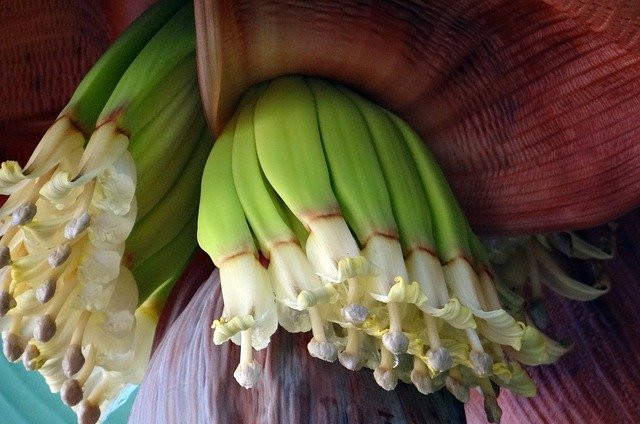
What is the Banana? | Fruit, Vegetable, or Herb?
The banana is a fruit and is classified as a berry … surprise! Did you know that?
Its sugar content, sucrose, glucose, and fructose, increases as it gets riper and more yellow. On the other hand, the green produce, rich in carbohydrate, makes up a large part of many families’ diet.
It contains nutrients such as Vitamins C and B6, potassium, fiber, protein, and carbohydrate and is a good food source.
Despite the controversy that people living with diabetes should not eat bananas, a good guideline to follow is moderation. There are nutritional benefits for everyone who are not intolerant of them.
Some sources indicate that the banana is a herb. They came to this conclusion based on the plant’s structure.
The stain present in green bananas is sticky and leaves a residue on hands and hard-to-remove marks in clothes. These can become permanent. However, the ripe one doesn’t pose that problem.
It is easier to remove stains from your hands using soap, oil, and salt, for example.
Regardless of its classification, it’s enjoyable in its green or ripe form. Just enjoy it!
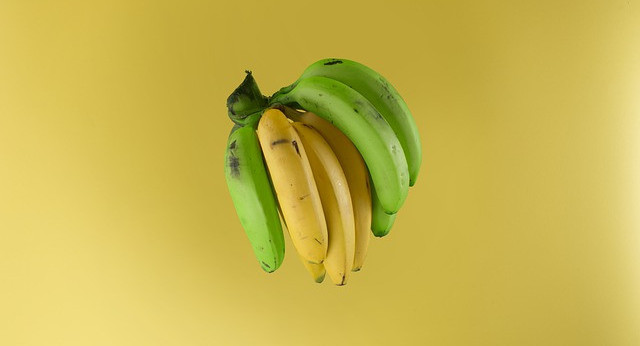
Banana Treats | Sweet and Savory
Let’s count the number of ways to make banana treats …
SWEET
- Bread: First of all, this one is a favorite. Ask Camille of Camille’s Kakes & Treats. (See her information below.)
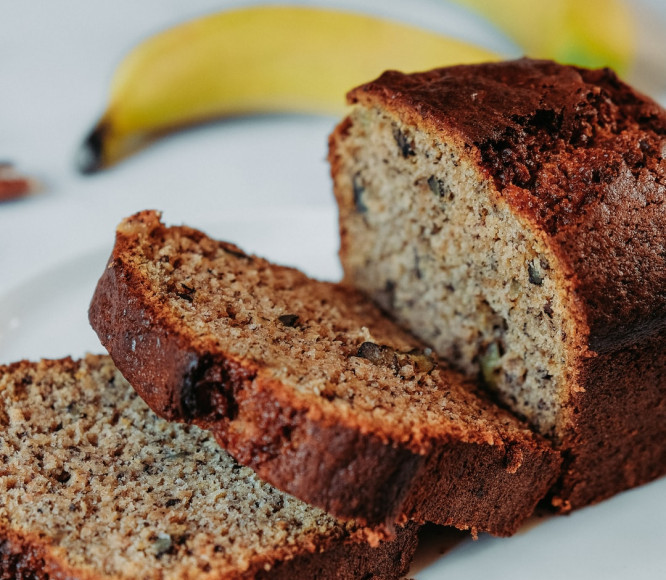
- Cake: I’ve used a quick and easy recipe mixing the wet ingredients in a blender and folding that mixture into the dry ingredients in a bowl.
- Banoffee Pie: This originated from England and is served in some hotels and restaurants.
- Porridge: Many Jamaicans grew up having banana or cornmeal porridge for breakfast.
- Pudding: It’s in a class with sweet potato and cornmeal puddings in the Jamaican culture.
- Pureed Banana: A popular baby food, maybe one of the first introduced to them.
- Finally, Tie-a-Leaf, Blue Drawers, Duckunoo/Duckanoo: Made from a batter with grated green bananas, raisins and spices. It is then wrapped in the leaves, tied with strips of bark or string, and boiled.
SAVORY
- Banana Dumplings: These are usually a combination of green bananas, flour and salt. They are formed into a ball then flattened before boiling in salted water alone or with other foods.
- Fritters: Fried grated green or mashed ripe bananas in a batter with salt fish (salted cod fish) or salt mackerel.
- Chips: Just about every school canteen, shop, and supermarket carry this crispy, salty treat. You can find it in the Caribbean aisles or grocery stores.
- Mannish Water and Other Soups: The popular mannish water (goat soup) and fish tea (soup) are incomplete without green bananas.
- Boiled: A major staple enjoyed for breakfast, lunch, and dinner.
- Fried: This is another convenient way to prepare it.
- Mashed Bananas: An alternative for young children and adults on a soft diet.
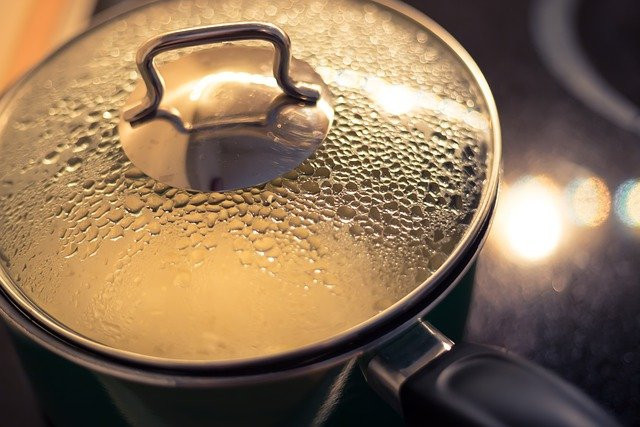
Some Other Uses | Skin, Leaf, Bark and Trunk
Ultimately, this plant is versatile and no part of it is wasted.
THE SKIN
For example, the skin has several uses such as:
- It serves as a food source for farm animals.
- People use it as compost.
- In addition, it loosens splinter from the skin.
- Also, soothes insect bites.
- The yellow skin whitens your teeth.
- Polishes shoes.
- And so much more.
THE LEAF
The leaf is another versatile part used to wrap, cook, and serve food. So, get creative and make a boat or cone with the leaf. For example, fill it with rice, salad, dessert or other favorite foods.
Furthermore, you can substitute this broad leaf in place of regular or disposable serving plates and trays. Also, enjoy the extra benefit of antioxidants drawn into the food while making clean up much easier. Moreover, it’s an eco-friendly way to enjoy a get together.
THE BARK AND TRUNK
I was drawn to a spectacular framed artwork hanging on a wall at a beach house in Santa Barbara, California. Various shades and patterns from the banana bark formed the entire structure of a bird in flight.
The artist created this masterpiece using tan, beige, light to dark brown, and black hues. These are the natural solid, spotted and streaked formations of the bark.
We had several plants in our backyard in Jamaica. As a result, I took on creating my own version when I returned home. Naturally, I gravitate towards creativity.
The bark is the outer lining of the trunk. People make baskets, boxes, plates and trays, table and floor mats, and furniture from intertwined pieces of bark.
Additionally, the trunk can be chopped up and used as compost. There are so many other uses that aren’t mentioned here.

How do You Like It? | Share Your Story
Interestingly, some cultures are only aware of the use of ripe bananas as a food source. As such, they have no idea about cooking and eating it in its green state in other cultures. However, this is a part of the Jamaican tradition.
I’ve had to explain to many Americans that it’s a staple used similarly to potatoes. Anyway, not everyone would be inclined to try it.
DID YOU KNOW?
- The Banana Board records that Jamaica grows over 150 varieties of banana and plantain including the Gros Michel, Lacatan, and Chinese.
- Jamaica has changed its focus from export to domestic cultivation since 2008 due to severe challenges.
- The first recognition of the devastating Moko Disease destroying the plant in Jamaica took place in 2004. It affected the parishes of St. James, Portland, St. Mary, and St. Thomas.
- Finally, the banana is a plant, not a tree because of its soft succulent rather than hard woody trunk.
Diseases, heavy rainfalls, and storms have had negative effects on these plants in Jamaica and other parts of the world. Consequently, it has resulted in fluctuations in the industry.
However, it continues to be a favorite food item in many parts of the world.
Do you have a banana story, a recipe, or some cultural traditions?
I’d love to hear from all of you town and country folks. Don’t be shy. Let’s hear about it. You may have a Caribbean heritage with these customs passed on from your ancestors.
If you find “The Tropical Banana Plant | Count the Many Ways to Use It” useful, please let me hear from you. Feel free to leave your questions and comments below.
Veron Lee Campbell | Entrepreneur | The Way 4WordEnterprises
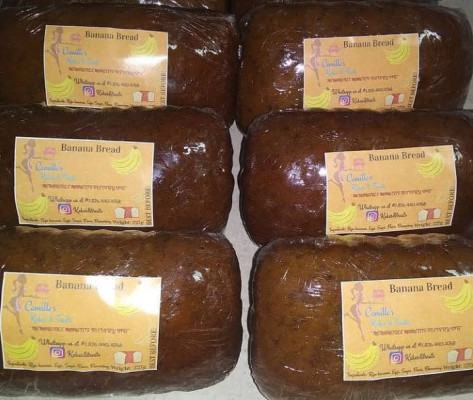
Thanks for writing this amazing articles. I was just having a read at it and im well impressed. It has to be said that Bananas have always been one of my favourite fruits if not the actual favourite. Although, It has to be said that I didnt actually realise that a banana is actually classed as a berry until i reda this.
Hi Kwidzin:
Thank you for taking the time to read, appreciate, and share your comments about my blog post. Bananas are a favorite for many people, but most have no idea beyond eating them. I’m happy you found it interesting. Continue to enjoy your bananas!
Veron
Hello, Hector!
Coming across your website was a joy. I really had no idea of all the uses the banana plant could have but I got an added value in my general knowledge! Obviously, I knew of some of the banana uses but never thought it was a berry… and in what concerns the skin, leaf, bark and trunk I believed them not to be of any use…
Thanks a lot for sharing and keep safe!
Hi Antonio:
Thank you for stopping by my website and sharing your comments. I knew quite a bit about the banana but this research to find out more was exciting. It was a pleasure. You keep safe also.
Veron (I built this website for my father, Hector.)